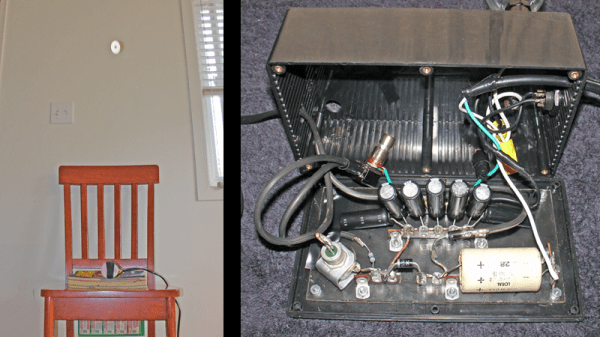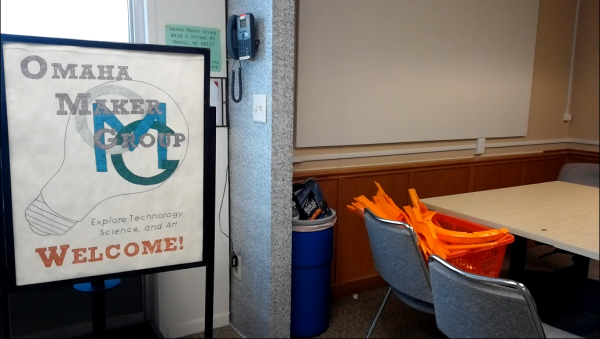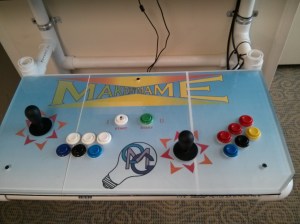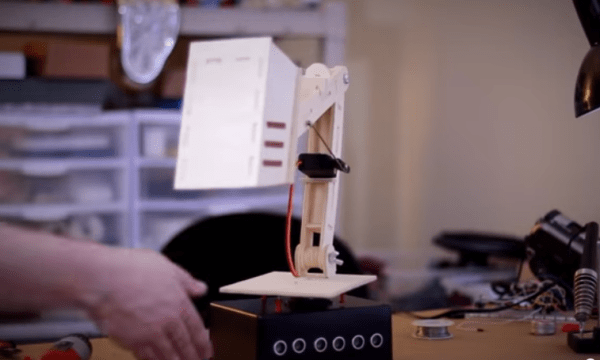When you go to a trade show of any kind, you’re expecting cool demos in the booths. At Maker Faire, there were plenty, but one of the most hypnotic was a robot built around Synthetos’ TinyG motion controller.
The demo was simply a large CNC gantry moving a ball bearing around on a string. The gantry moved in the X and Y axes, and the miniature wrecking ball was spooled and unspooled in the Z axis. The ball move around the space, coming to a complete stop without any swaying. There were even a few clear plastic tubes that the ball fell in, and popped out of without raising or lowering the string. It’s the height of motion controller coolness, all made possible with the TinyG.
The TinyG was one of a few motion control and CNC boards found at the faire. In its base configuration, it has 6 axes of motion control, RS485 to network several boards for crazy machine configurations, and a suitably powerful processor to do everything correctly.



 The new space is a progression of rooms that begins with a combination lounge and meeting space. Here you’ll find the beer and snacks, the brag wall full of framed articles, and one of the remote controllable web cams. A few of the founding members have since flung themselves around the world, but are able to participate through these links. The best part of this room is either the PVC-framed Raspi MAME cabinet or the sign on the bathroom door which doesn’t discriminate against androids.
The new space is a progression of rooms that begins with a combination lounge and meeting space. Here you’ll find the beer and snacks, the brag wall full of framed articles, and one of the remote controllable web cams. A few of the founding members have since flung themselves around the world, but are able to participate through these links. The best part of this room is either the PVC-framed Raspi MAME cabinet or the sign on the bathroom door which doesn’t discriminate against androids.











